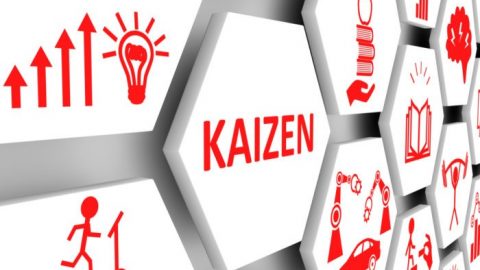
One of the standout tools that can help your organization can help your organization become stronger with “commitment and companionship” is Gemba Walks. Gemba Walks are the visit of leaders to each part of the production process and familiarize themselves with the way they work. Gemba Walk is part of Kaizen daily. Gemba refers to the workplace, where values are added, where problems are solved.
In general, leaders who are committed to the Gemba Walk should generally spend 5 to 10% of their working time at Gemba. During each Gemba Walk, leaders pay close attention, observe procedures, compare the actual situation with the specified standards, ask exploration questions and identify areas of interest. Gemba Walk gives us an opportunity just to observe, not to act. Let us stay unresolved while we go for Gemba Walk. It is very easy to get caught up in solutions or make improvements when we detect abnormalities. However, changes should only be made after we have fully understood the problem.
An example of these ideas coming together comes from Jabil Inc., a St. Petersburg, Fla., electronics firm that implemented Kaizen at a plant in Shanghai. The employees talked about the rewards of the experience, including learning about Six Sigma approaches such as DMAIC and improving brainstorming sessions.
Another comes from the University of California – Santa Barbara, where employees used Lean Six Sigma training to solve on-campus problems.
In a column about continuous process improvement written for Industry Week, Shingo prize-winning author Dan Markovitz wrote that many companies focus too much on employees earning Lean Six Sigma belts rather than practicing daily Kaizen meetings and putting process improvement in place. He compared this to dieters who count calories rather than build a healthy lifestyle.
Dieters should focus on “not just fewer calories, but a better variety of food, less alcohol, more exercise and more sleep. You might lose a few pounds by counting calories, but it’s unlikely to be sustainable over the long term.”
In the same way, earning Six Sigma belts and completing projects should be just one part of an overall plan to implement continuous process improvement.
Source: Sixsigmadaily